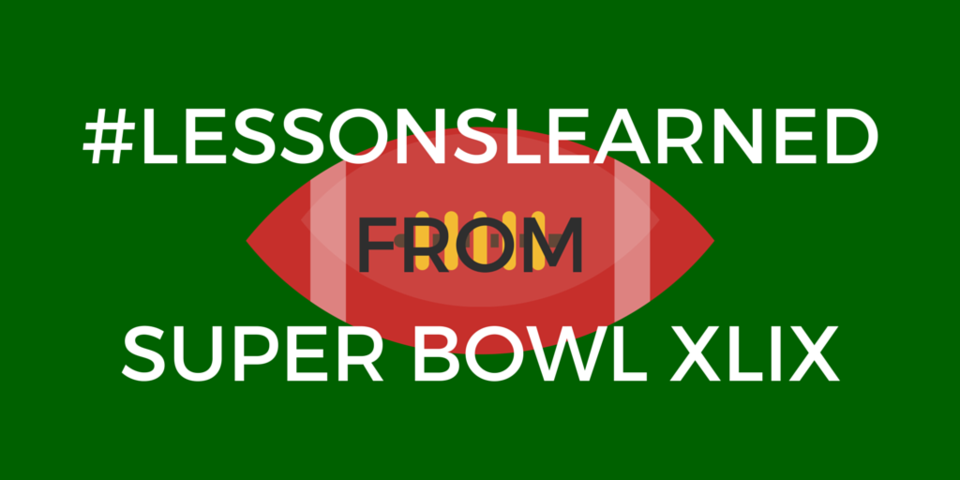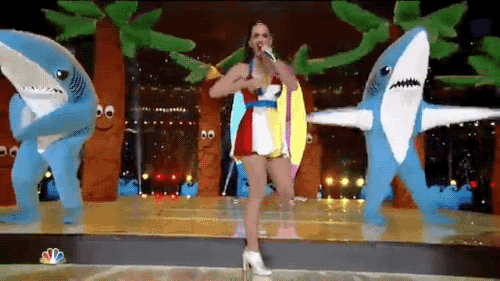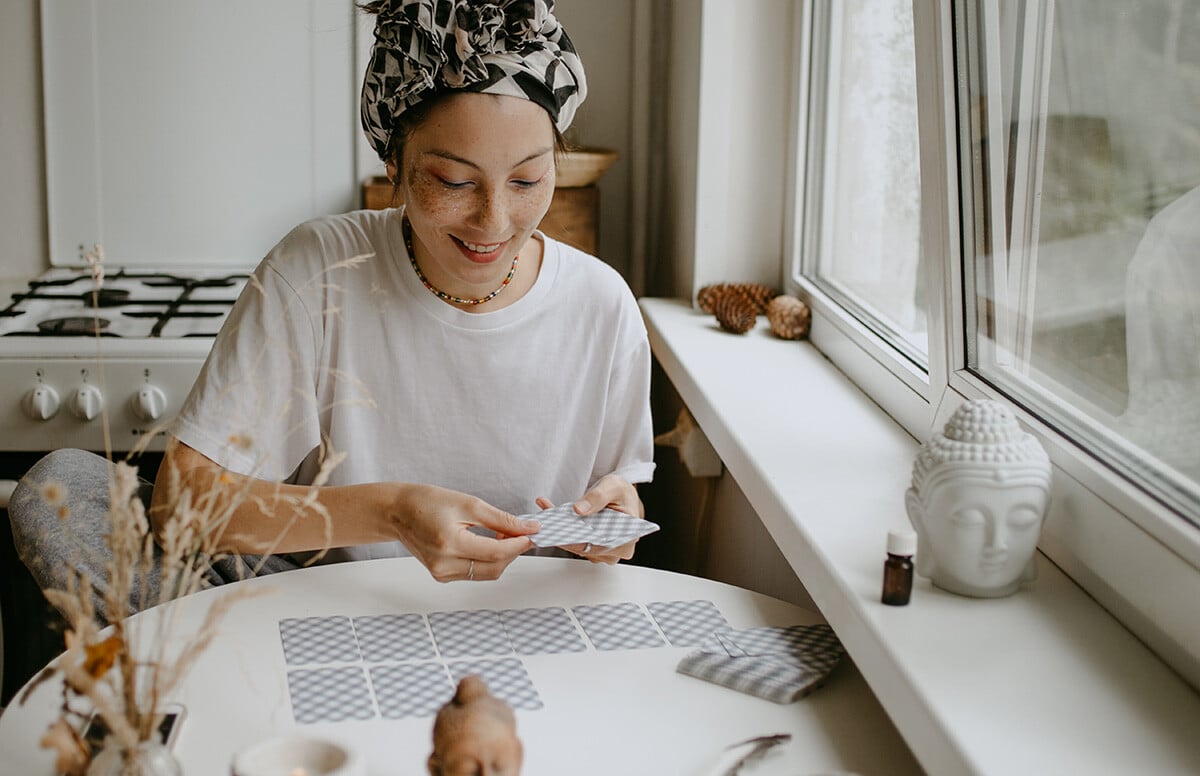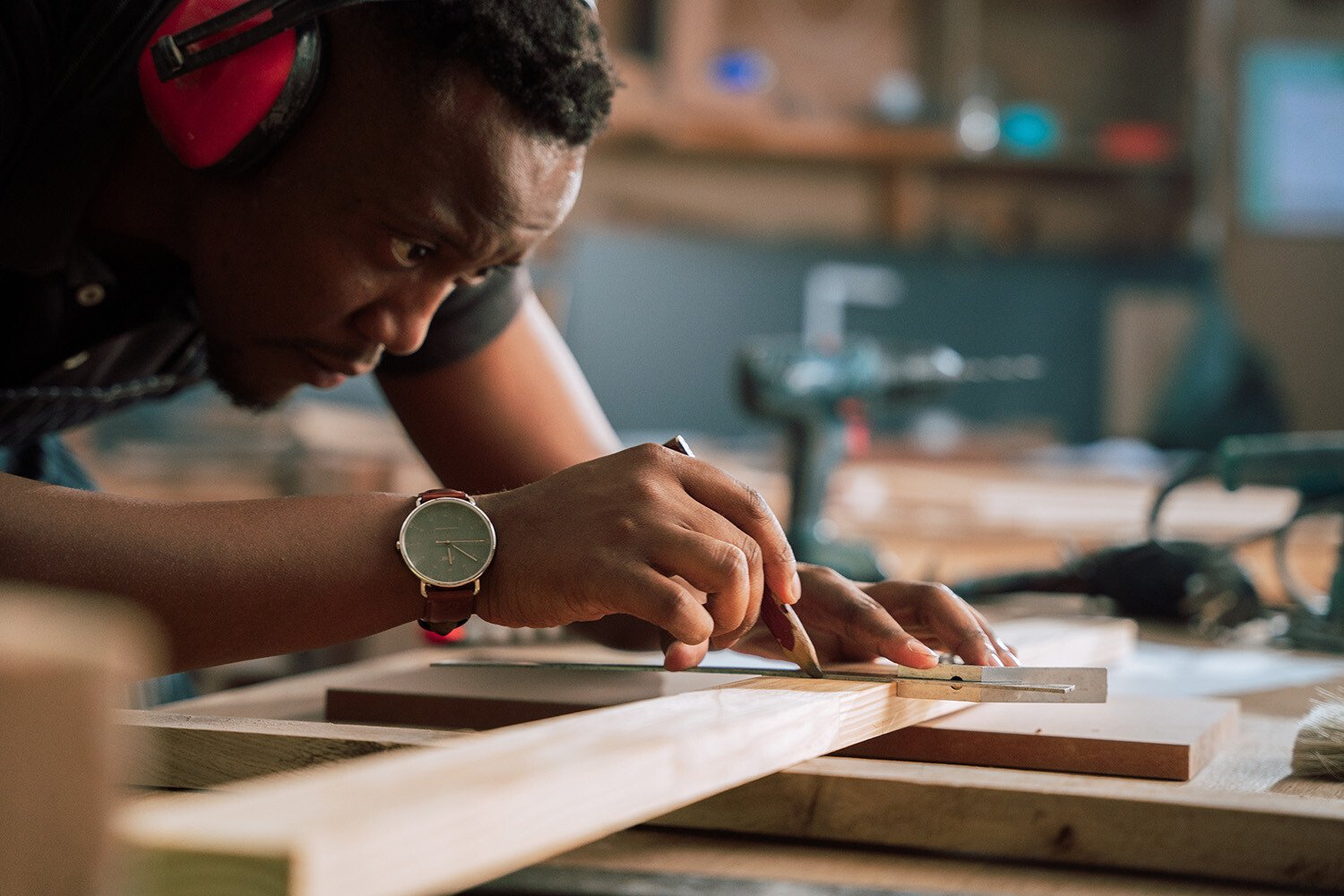How One Hashtag Made Millions of Us Miss Our Dads (and Other #LessonsLearned from Super Bowl XLIX)

Posted By Stephanie Malkus on February 06, 2014
Sports and social media fans alike waited with bated breath this past Sunday, to see what Super Bowl XLIX would bring.
For those watching with an eye on ads and social media, there was a noticeable shift. This year’s game featured many hashtags stepping out on their own, without platform designation. The Facebook logo only appeared in four commercials. Twitter showed up only three times, and Snapchat made its Super Bowl debut with one appearance. A total of 33 ads featured hashtags on Sunday night, and while that was only 50 percent of the ads, and down seven percent from last years numbers, hashtags are still proving their value as a conversation starter.
From the look of things, the hashtag is finally being recognized by brands for their independent and universal usefulness in driving conversations. Here’s your play by play on hashtag lessons learned from Super Bowl XLIX.
It Pays to Be Social By Design
It’s no industry secret, if you’re looking to start a social conversation, you, yourself have to be social, and you have to make it simple for your audience to join and share. Including a hashtag in your ad is a good start, but then you have to get the conversation going.
Toyota nailed this with its #OneBoldChoice campaign, which celebrates fathers (a quasi-theme of the night). A little help from celebrity spokesperson Amy Purdy helped the conversation along.
Tons of enthusiastic fans responded with stories, images, and videos of their own fathers to share.
Honored @Toyota chose me to help celebrate dads. Join in by tweeting photos with #OneBoldChoice. https://t.co/bBlFQOtS1l
— Amy Purdy (@AmyPurdyGurl) February 2, 2015
Toyota helped themselves out by starting the conversation well before the release of this ad. Bud Light used a similar social strategy, simply building on the already in place campaign from last year’s game-- #UpForWhatever:
WATCH our #SuperBowl commercial and see one fan's night go from PRE-GAME to IN-GAME. #UpForWhatever #SBCommercialshttps://t.co/xWsfg7FeMV
— Bud Light (@budlight) February 2, 2015
And Always’ #LikeAGirl, reached a whole new audience this last Sunday, building on its already warm reception from its online launch this summer:
All of these brands commonly showcased how having a game plan for the long term can pay off during the big game, and other spotlight events.
Read the Room
All of the social planning in the world can’t save you from a poorly timed promotion. Nationwide was the poster child for mis-reading the Super Bowl party room with this ill-timed ad:
...and now, back to the game!
The ad included a hashtag at the end #MakeSafeHappen, that’s not the one that took off on social media. #BecauseIDied exploded on Twitter, with snarky, and generally disapproving viewers chiming in with their two cents. The crowd-created tag picked up even more steam on Monday night when Comedy Central show @Midnight used it as a segment they call #HashtagWars. The fallout continues.
There’s a place for sentimentality in Super Bowl ads, Budweiser and Coke have proven this year after year, and this year’s slew of dad ads from brands like Toyota and Nissan, showed brands weren’t afraid to show their softer side. But Nationwide mis-read the room on this one. Using the Super Bowl as a platform to talk about childhood accidents was a major misreading of the Super Bowl audience, along with NFL’s own PSA on domestic violence. Both are topics that need to be talked about, but not during the Super Bowl.
For the record, Nationwide had another ad on Super Bowl night featuring Mindy Kaling and Matt Damon that did not receive any backlash, and was one of my personal favorites:
Always be ready for the #LeftShark
Try as these brands might, come halftime, their efforts were eclipsed by an offbeat fish. It was difficult not to notice the slightly off steps of the poor shark on the left (that’s stage right shark for any theater nerds out there) during Katy Perry’s colorful halftime performance.

The hashtag, #LeftShark quickly rose to dominate the game’s social conversation, and is well on its way to getting its own chapter in the history book of memes.
The most shocking thing about this tempo-less fish? While fans and media outlets jumped all over this meme, no major brands tried to get in on this conversation. Opportunity missed. Particularly for Pepsi, the half-time show sponsor, who could have had some real fun with it, or 2013’s Super Bowl marketing winner, Oreo with its timely Blackout Ad on Twitter.
Finally, congratulations, Patriots. Enjoy your latest victory, compliments of Jimmy Fallon’s latest digital video (another winner this Super Bowl):
Want to learn more? Check out these other great resources:
- WSJ: How The Super Bowl Resonated Across Digital And Social Media
- TechCrunch: Apparently Super Bowl Fans Really Like Cars And Chips On Social Media
- CNBC: Social media lessons learned from Super Bowl XLIX
Image Credit:
- Left Shark: NBC Universal via Giphy.com



